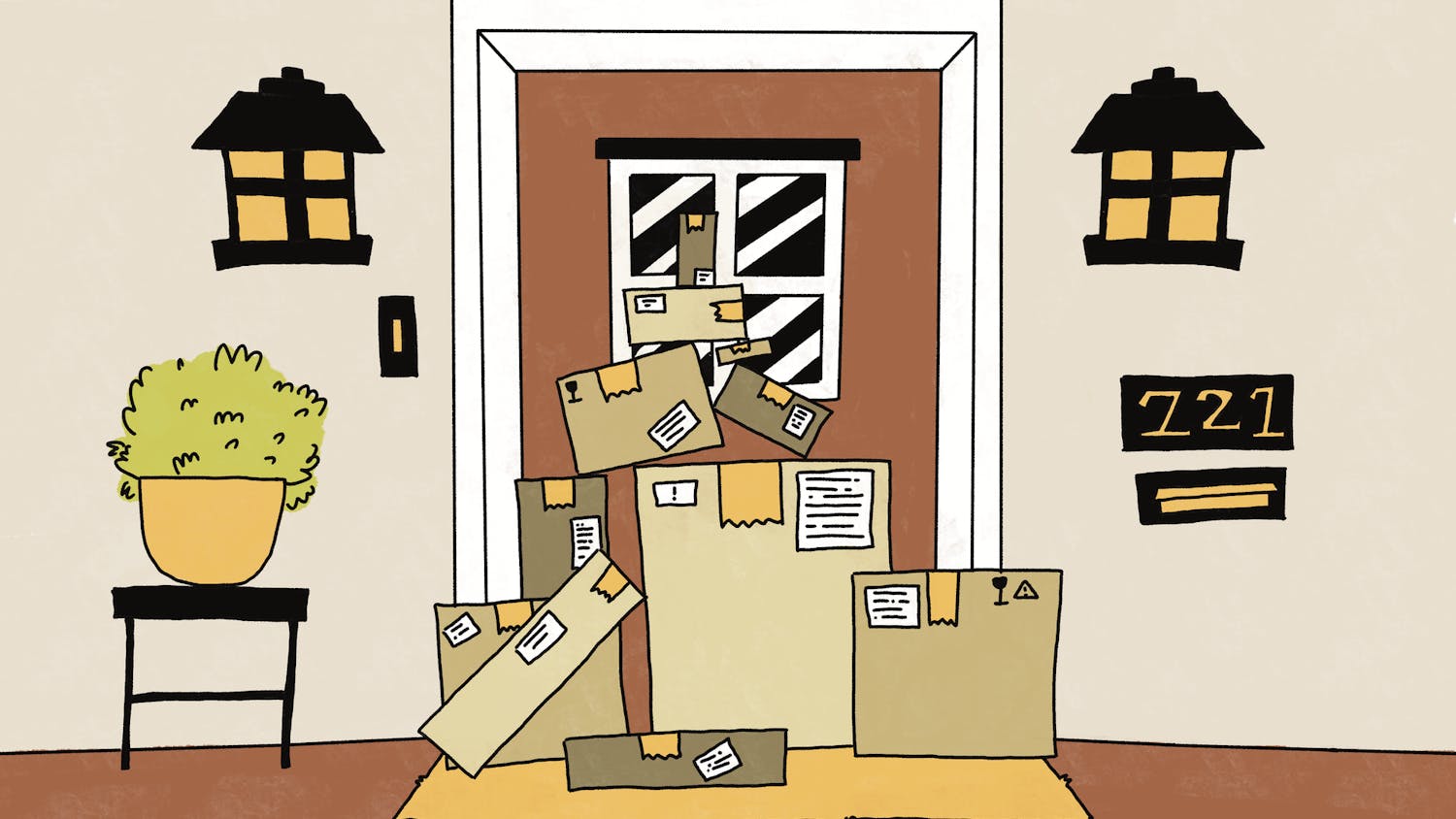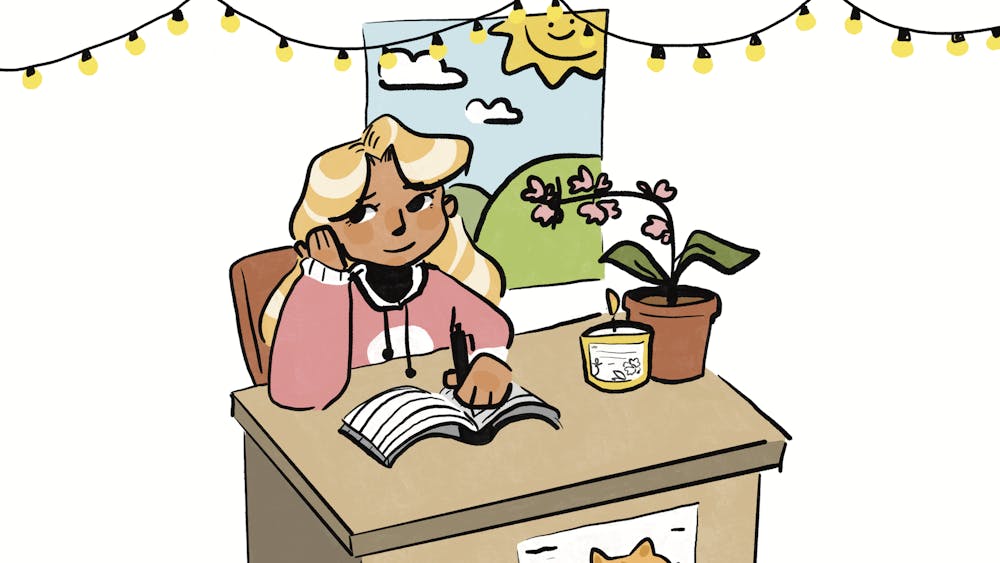It shouldn’t surprise you to walk into a showing of “Finding Dory” this summer and find half the audience is of legal drinking age. It’s not just the parents of the small children you would expect to represent the large majority of patrons of Pixar’s newest film, either.
“Finding Dory,” the sequel to the 2003 kids flick “Finding Nemo,” has drawn hordes of college-aged millennials who grew up watching old DVDs of its predecessor to cinemas since its June 17 release. After the 2019 release of “The Incredibles II,” eight of Pixar’s 21 feature films will have been sequels.
Though “Finding Dory” garnered positive critical reception, the same cannot be said about unenthusiastic efforts like “Indiana Jones and the Kingdom of the Crystal Skull,” “Jaws 2” or “Fuller House,” a reboot of the wildly popular 1990’s sitcom “Full House.”
Where there is a hit film, TV series or novel, there will be demand for its sequel. Creators of the original works need only extend their open palms and money will materialize. However, sometimes sequels are best left to fans’ imaginations.
From a business perspective, exhuming years-old TV and film franchises is genius. Reviving an old kids’ title like “Finding Nemo” a decade down the line allows film studios to tap into multiple segments of consumers. Young children will see the new film with parents. People who were members of this contingent for the original films, now in their late-teens and early-20s, will also flock to theaters in a nostalgic fervor. There is certainly money to be made.
The issue with some ill-advised sequels, like “The Hangover” parts two and three, is blandness. What was fresh and creative in the first installment of a franchise becomes stale and zestless in its successors. The first film in “The Hangover” trilogy was original and relatable, if hyperbolic. Its sequels were, at best, Xerox copies with recycled humor. Between the first and third films, the Rotten Tomatoes rating tanked almost 50 percent.
Of course, many sequels are able to build on the success of those that precede them. What separates the good from the bad is the need to continue to build a story. “Independence Day” ended with the obliteration of the alien invaders and all was right in the world until its director decided to create a sequel.
This summer’s “Ghostbusters” reboot, while far from flawless, offered fans of the 1986 film a refreshed product, complete with an all-female leading cast. It’s hard to tell how the film would have fared without the added twist, but its developers succeeded in keeping the franchise’s fans engaged.
Fans of the “Harry Potter” series held their breath when, earlier this month, Warner Brothers filed to trademark “Harry Potter and the Cursed Child,” an original theater production the series’ author J.K. Rowling has said will be exclusive to the stage. Although the original series neatly tied up all loose ends at its close, the new play will be fresh in that it is experimenting with a new medium. A new feature film might not feel as original.
Everyone loves a good story. But sometimes filmmakers, producers and other artists should recognize when to put one to bed. For good.
dkilcull@umail.iu.edu
@daniel_kilc





